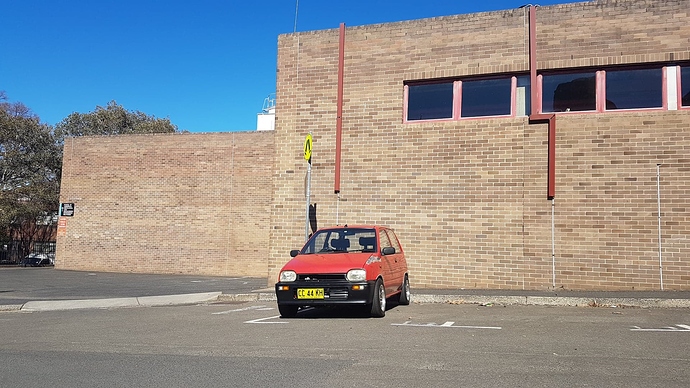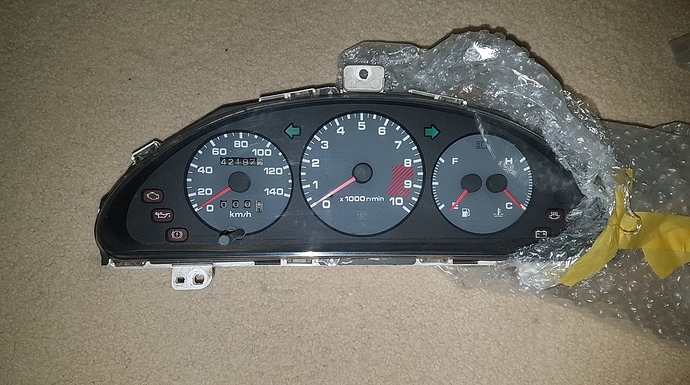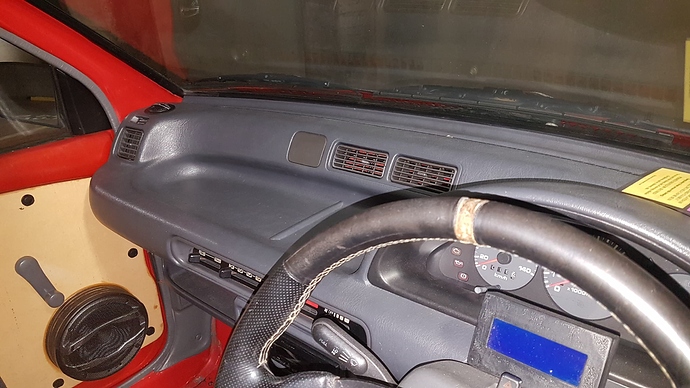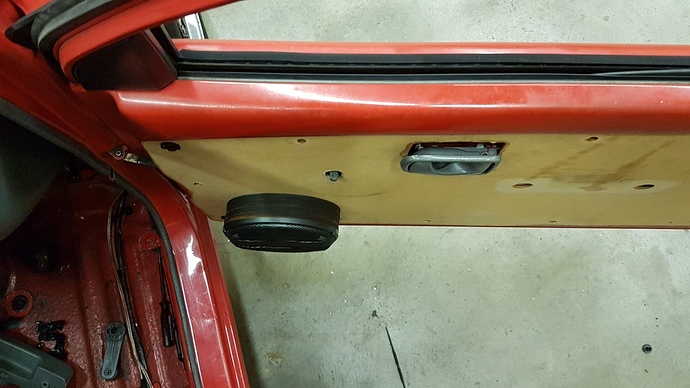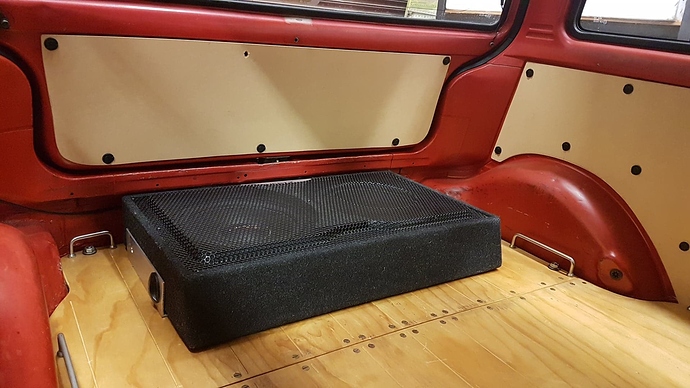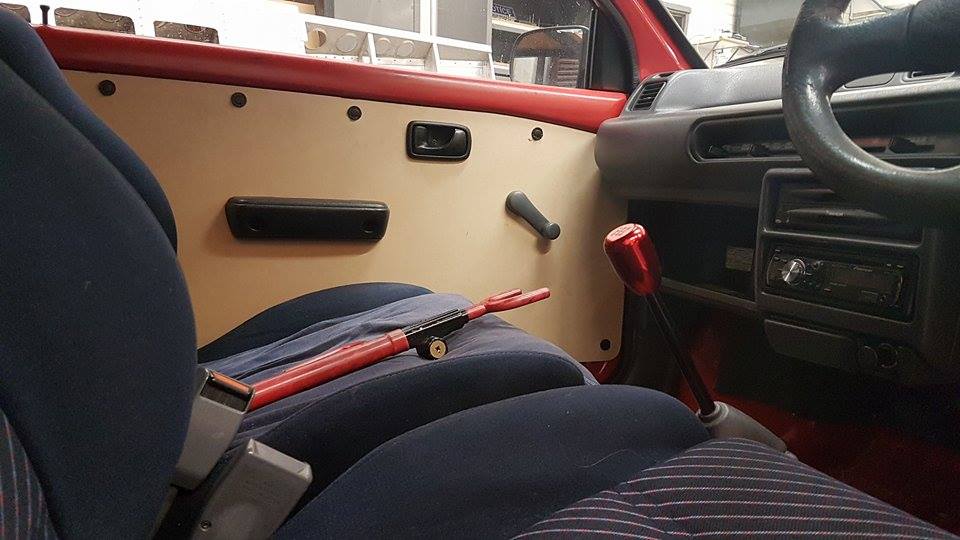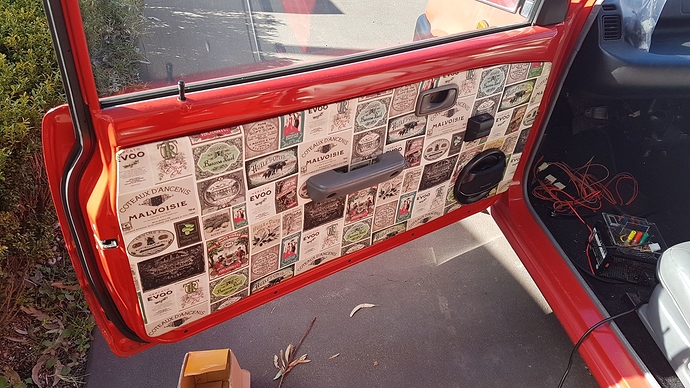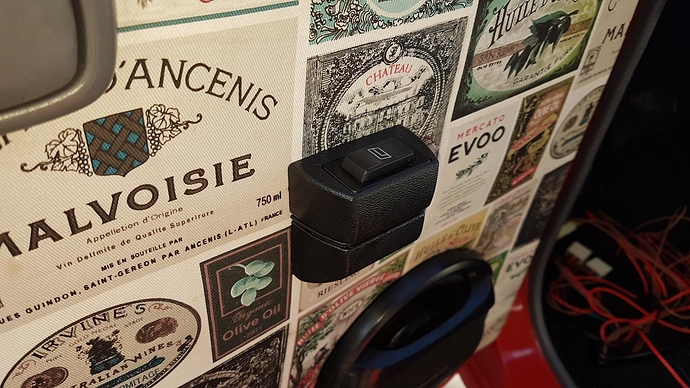9 months since last update! what… really… that is so pathetic…
I hope to catch up to document what has happened in case someone wants to improve on the build. Long story short is that I had since changed the supercharger to a turbo snail… which has recently suffered catastrophic failure due to a tuning run mishap.
A few more snippets of the retrospective progress and essential pieces which led to (prior) glory; my favourite part… the TR-XX tachometer black-faced dash, straight from the land of Japan. Not to sound cocky but owning one of these truly transformed the Mira into an even more unique enjoyable ride and I couldnt imagine one withing this dash anymore.
After the addition of power from the supercharger, I decided it was time to improve the ‘human’ aspect with additions of better speakers. They had to be custom mounted into the door card because the Mira front door speakers wells are quite small. I’d never done audio before so all of this was new to me and the specs and brand of the system was all recommended by more knowledgeable friends whom I trusted for advice.
Sticks out quite a bit…
Subwoofer mounted to the rear tray
This was edited in after but worth showing .
I made these for another red L200 I had. Same idea as the above mdf door cards but wrapped in material. I also installed an ebay power window kit to it as well  modern goodness
modern goodness 
